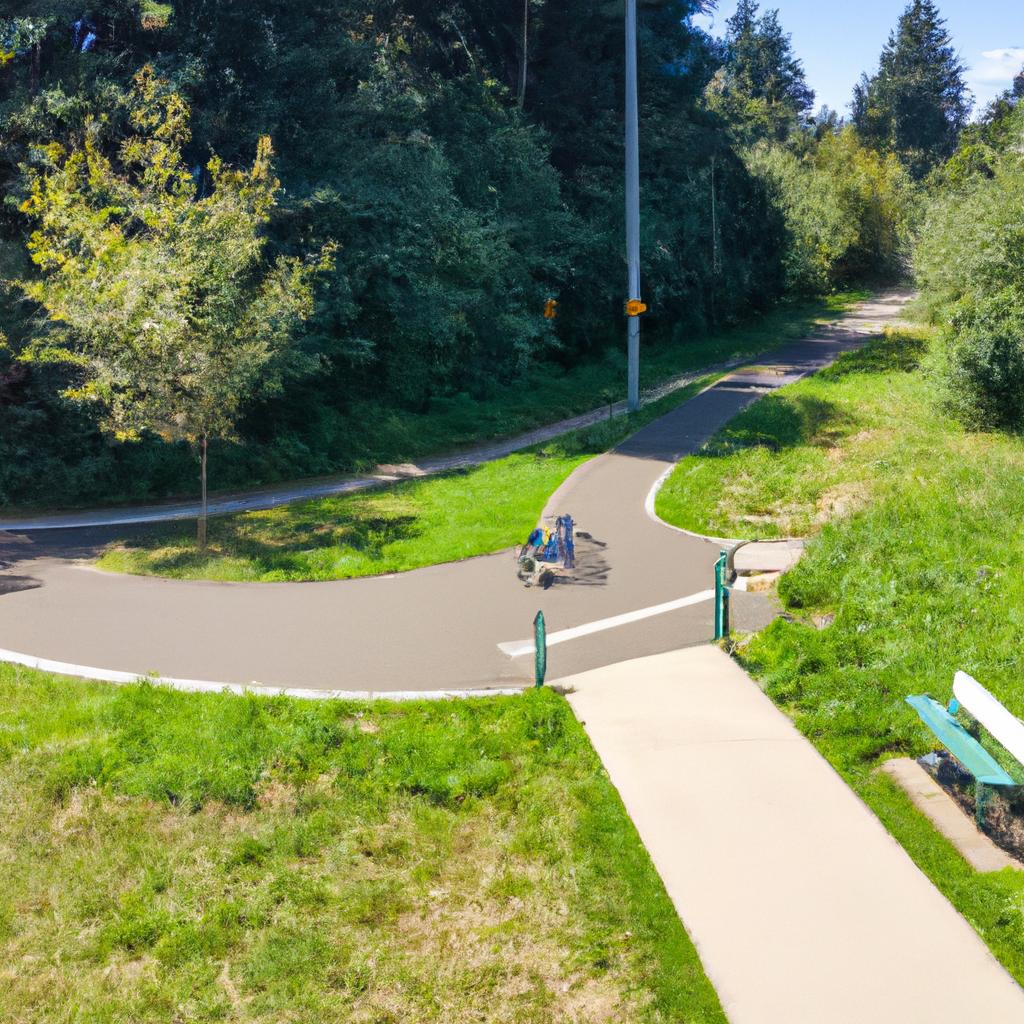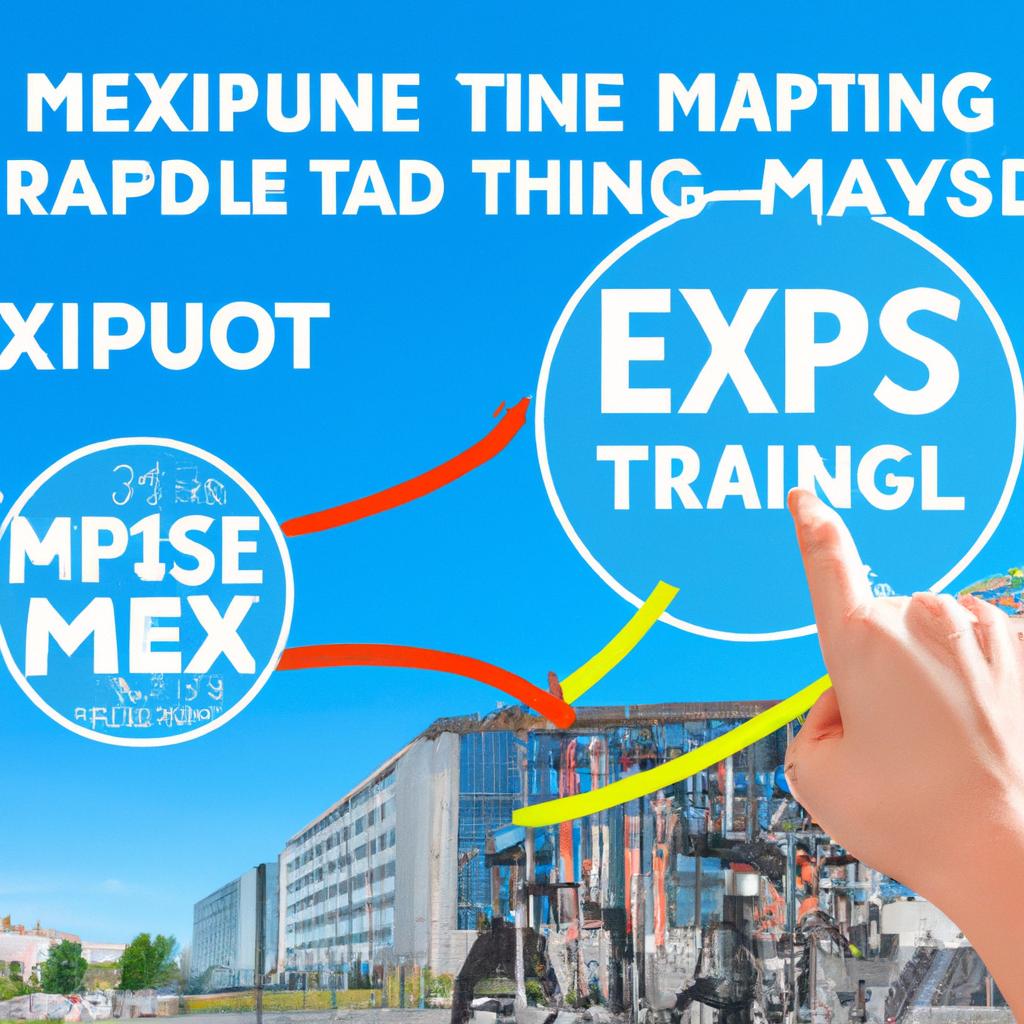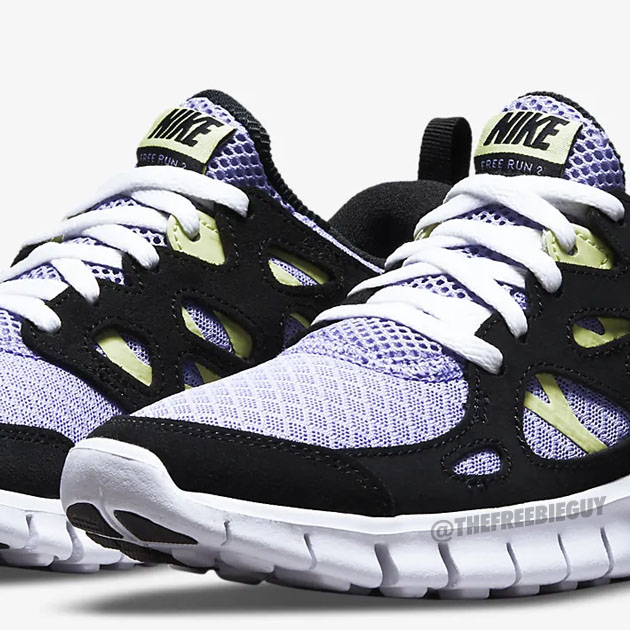In a world that often feels like it’s racing down a congested highway, the call for a shift in how we navigate our urban landscapes grows louder. As cities grapple with the challenges of pollution, traffic congestion, and the relentless pace of modern life, an alternative path emerges—one that invites us to rethink our ride beyond the familiar comforts of cars and taxis. “Pedal Power or Transit Trails” explores this transformative journey, inviting readers to consider the myriad possibilities offered by bicycles and well-developed public transit systems. From the winding bike lanes that snake through bustling neighborhoods to the expansive trails that reconnect communities, this article delves into the advantages of adopting a more sustainable, healthier, and community-focused approach to transportation. Join us as we pedal through the nuances of our mobility choices and discover how reimagining our rides can pave the way for a more connected and vibrant future.
Exploring the Benefits of Transit Trails for an Eco-Friendly Commute
Transit trails represent a harmonizing blend of **mobility** and **environmental consciousness**, promoting an eco-friendly approach to commuting that benefits individuals and communities alike. By opting for these trails, commuters can enjoy a plethora of advantages, including:
- Reduced Carbon Footprint: Using transit trails significantly lowers greenhouse gas emissions compared to traditional vehicles.
- Health Benefits: Cycling or walking along transit trails encourages physical activity, contributing to improved cardiovascular health.
- Enhanced Mental Wellbeing: Nature-rich paths reduce stress levels, offering a serene environment that promotes mindfulness and relaxation.
- Community Connectivity: These trails foster social interactions, connecting diverse neighborhoods while encouraging local commerce.
- Traffic Decongestion: By providing an attractive alternative to driving, transit trails help alleviate road congestion, making commutes smoother for everyone.
A recent survey highlights the growing support for transit trails within communities:
| Community Aspect | Positive Responses (%) |
|---|---|
| Air Quality Improvement | 85% |
| Increased Physical Activity | 78% |
| Stronger Local Economy | 72% |
| Social Cohesion | 68% |
As cities pivot towards sustainable solutions, embracing transit trails offers a compelling opportunity to **rethink commuting habits**, nurturing both personal wellbeing and environmental stewardship.

Maximizing Your Experience: Tips for Choosing Between Biking and Public Transport
When deciding whether to hop on your bike or catch public transport, consider the unique advantages each mode brings to the table. Biking allows you to enjoy fresh air and scenic routes, making your commute an opportunity to exercise and explore. It also offers flexibility, as you can choose your path and stop whenever you like. On the other hand, public transport shines with its convenience, especially for longer distances or if the weather is less than ideal. Plus, it can be a great way to save energy for the day ahead. Here are some key factors to weigh:
- Distance: How far do you need to travel?
- Time: What’s your schedule like? Biking takes longer for some commutes.
- Weather: Is it sunny and inviting, or dark and stormy?
- Cost: What fits your budget? Bikes can be cheaper in the long run.
- Convenience: How accessible is bike storage or public transport stops?
Additionally, consider the environmental impact of your choice. Here’s a comparison of carbon footprints for each option:
| Mode of Transport | Average CO2 Emissions per Mile |
|---|---|
| Bicycling | 0 g |
| Public Transport | 30 g |
By assessing these factors, you can make an informed decision that best suits your lifestyle while embracing an eco-friendlier mode of travel.
The Way Forward
As our urban landscapes continue to evolve, the conversation around transportation is more vital than ever. Embracing alternatives like pedal power and transit trails not only offers a breath of fresh air but also paves the way for a more sustainable and interconnected future. By rethinking our rides, we unlock the potential for healthier lifestyles, reduced congestion, and stronger communities. Whether you choose to hop on a bike or meander along a scenic trail, each small step contributes to a larger movement away from reliance on cars and taxis. As we embark on this journey together, let us keep our minds open and our wheels turning toward a more innovative and eco-friendly way of navigating the world around us. The future of our streets lies not in the horsepower of vehicles, but in the collective energy of engaged citizens ready to take the next ride.










